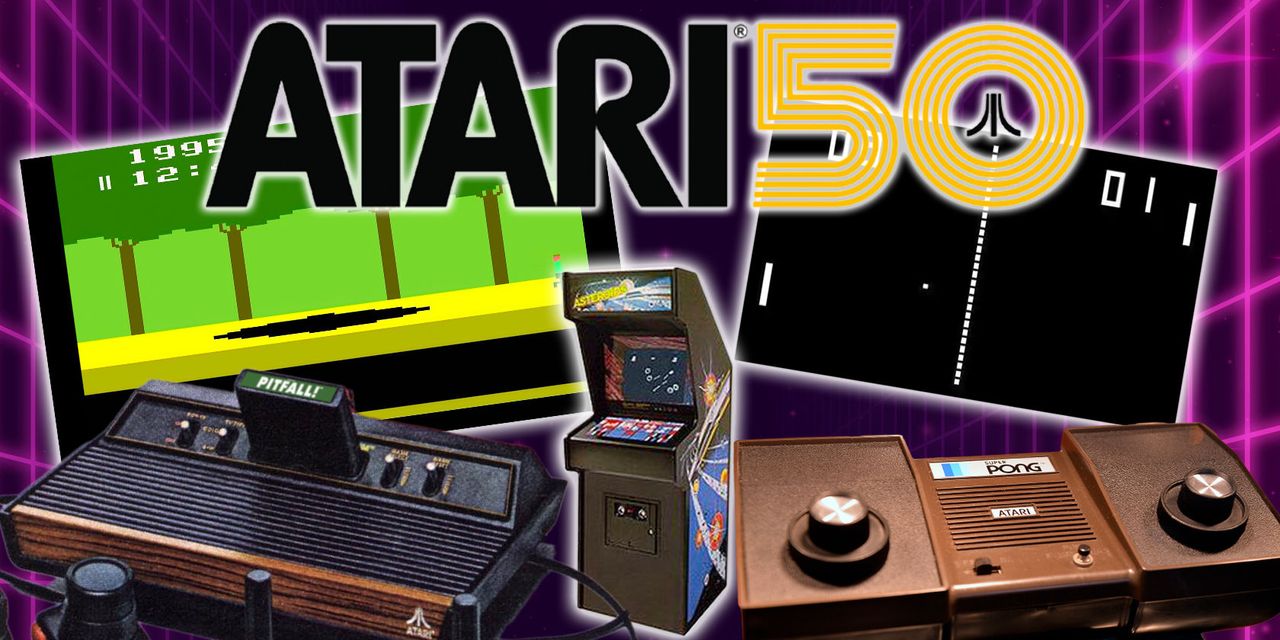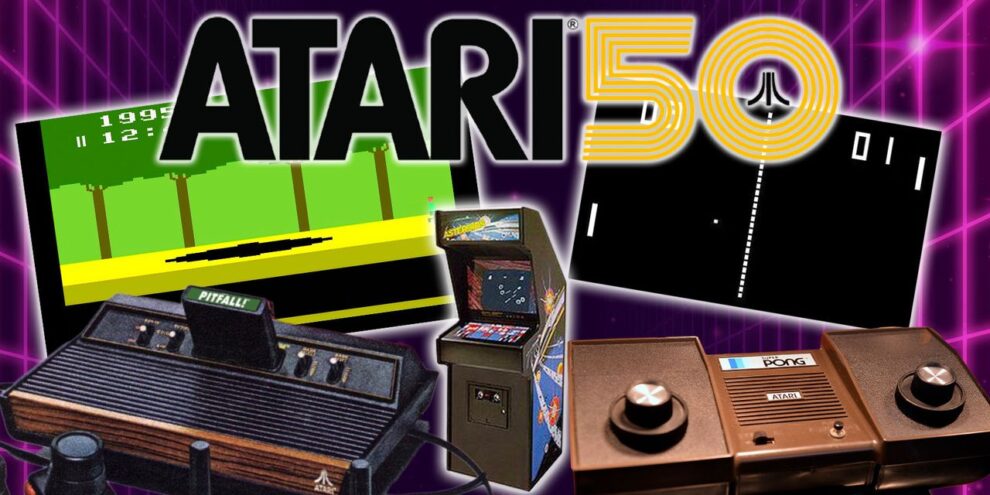
“‘Schopenhauer always talked about creative destruction. New innovations often destroy old dominance. And that’s what you kind of want to do, because you’re not going to beat Microsoft at their game. But you can beat them at a game that you own.‘”
That’s Atari founder and mass-market video game creator Nolan Bushnell’s advice to the current chief executive of Atari SA ATA, -10.64% Wade Rosen.
The two sat down to chat on the 50th anniversary of Atari, to talk about the early days of the video game pioneer, and of the iconic presence that the company and its logo created.
Iconic enough, in fact, for an anniversary reissuance called Atari: Recharged, on Microsoft’s MSFT, -1.12% Xbox, Sony’s 6758, +2.27% PlayStation, and Nintendo’s 7974, +0.93% Switch.
“I think we stood for innovation. And also we were the genesis story. So, you always have a hallowed position when you’re the first,” Bushnell said to Rosen, recalling the writings of the German philosopher considered by many as the “artists’ philosopher” in the observation of an irrational world.
Read: Life isn’t a game, but it is game-like—and playing video games can make you smarter about money
“We had no money, no factories, no market presence, the only thing we had was creativity,” he said.
iframe { position: absolute; left: 0; top: 0; width: 100%; height: 100%; }
]]>
Before June 27, 1972, the company was named Syzygy Engineering. Bushnell and partner Ted Dabney developed and released “Computer Space” in 1971, which was considered to be the first cabinet-based video arcade game. The game, however, stood out as an imposing oddity in arcades back then among the pinball machines, mechanical shooting and driving games, and air hockey tables.
Read: ‘Stranger Things 4’ product visibility is worth up to $25 million for Coke, Jif and other brands
It wasn’t until Atari released the extremely simple to understand “Pong” in 1972, in which players competed in an almost computer version of air hockey, that electronic gaming had its mainstream launch. That was followed by home versions from Atari and other manufacturers, creating the home game console market, which Atari came to dominate for several years with its iconic Atari 2600 console.
In the video arcades, Atari ran into serious competition from the Japanese company Taito Corp., when Taito released the wildly-popular “Space Invaders” in 1978. Atari fired back, with the vector-graphics video game “Asteroids” in 1979.
Perhaps more important, Atari had a pop-culture appeal that Taito didn’t, as evidenced in the futuristic product placements in movies like “Blade Runner,” “Blade Runner 2049,” and “Ready Player One.”







